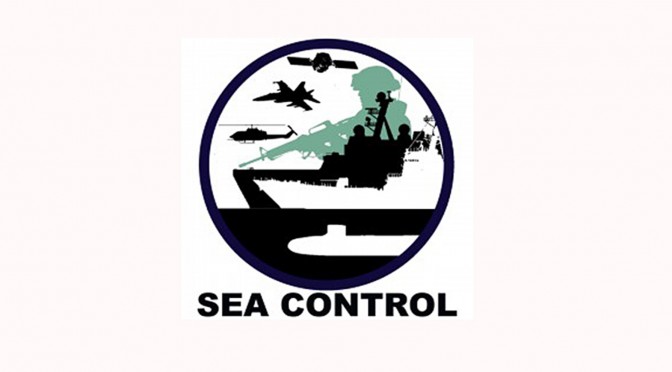By Walker Mills
Admiral James Stavridis (ret.) and Elliot Ackerman join the program to discuss their new book, War in 2034: A Novel of the Next War, about a future war between the United States and China. The conversation is far-ranging and covers not only their book but other great reads, their writing process, U.S.-Latin America relations, and the nature of war and decision making.
Download Sea Control 247 – 2034 with Admiral James Stavridis and Elliot Ackerman
Links
1. War in 2034: A Novel of the Next War, by James Stavridis and Elliot Ackerman, Penguin Press, 2021.
2. Partnership for the Americas: Western Hemisphere Strategy and U.S. Southern Command, by James Stavridis, National Defense University Press, 2010.
3. The Bedford Incident, by Mark Raskovich, Thunderchild Publishing (reprint, 2016).
4. Destined for War: Can America and China Escape the Thucydides Trap? by Graham Allison, Mariner Books (reprint, 2017).
5. Winds of War, by Herman Wouk, Hodder & Stoughton, 2013.
6. Ender’s Game, by Orson Scott Card, Tor Books (reprint, 2017).
7. Man’s Fate, by Andre Malraux, Vintage, 1990.
8. Red Storm Rising, by Tom Clancy and Larry Bond, Berkeley (reprint, 2009).
9. Admiral James Stavridis Official Website
10. Elliot Ackerman Official Website

